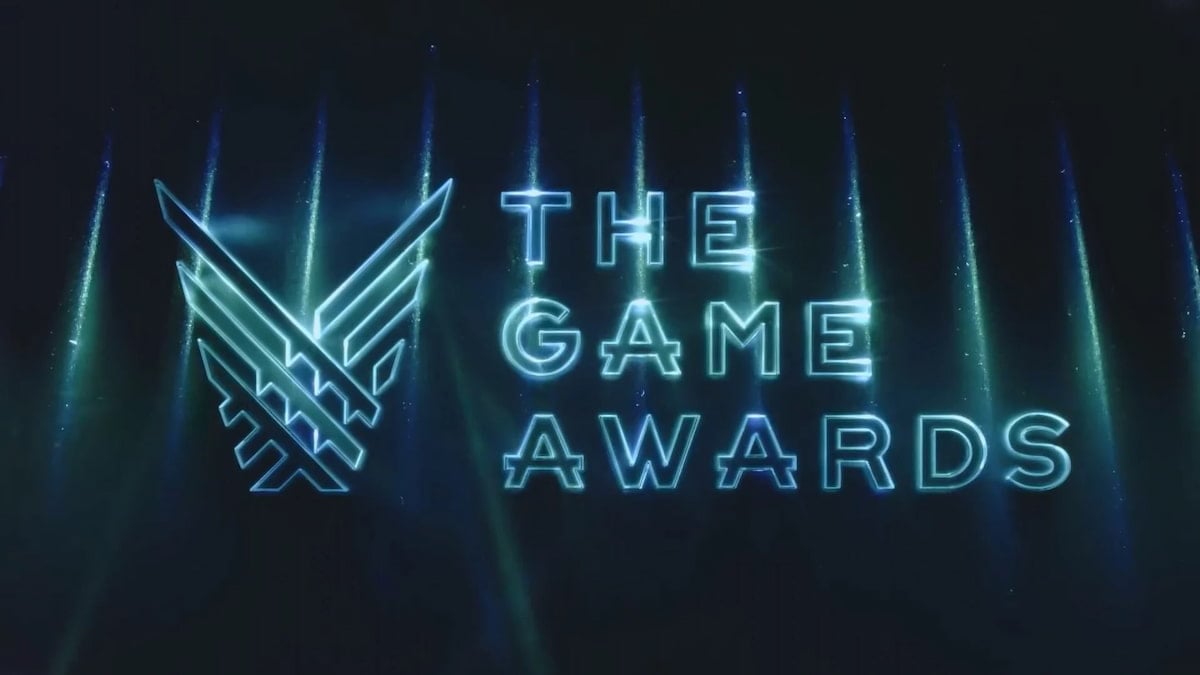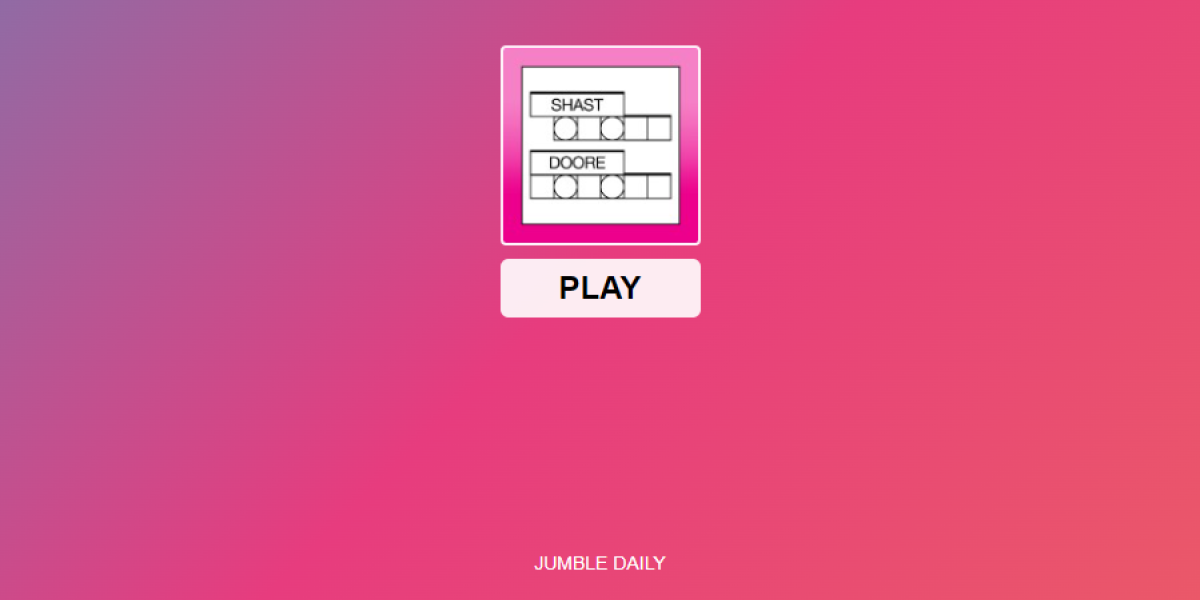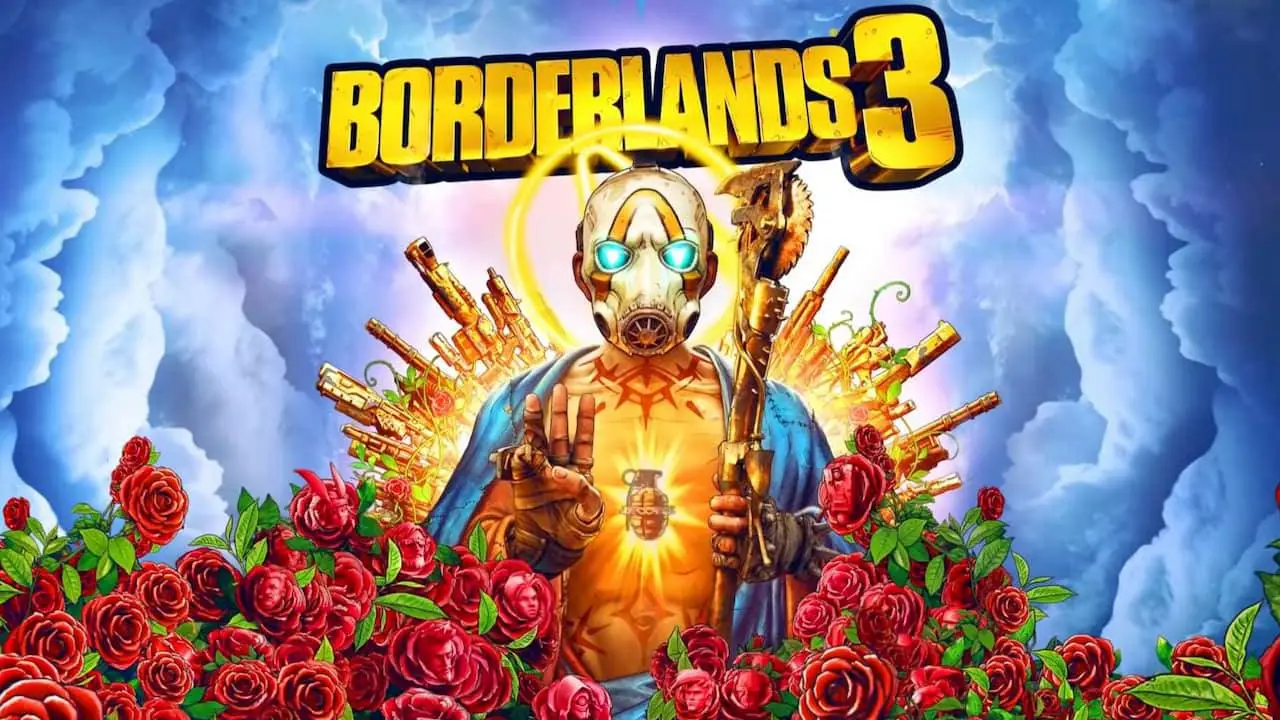In August 2013, a sold out crowd of esports fans in a Seattle concert hall screamed in excitement. Swedish Dota 2 team Alliance were risking everything to chip away the last bit of health from the base of their opponents, the adored Ukrainian side Natus Vincere.
At stake? $1.4 million and international fame as the champions of The International 3, the biggest annual event for the second most popular esport in the world.
“They’re doing it! The Kings in the North! Alliance wins!” the casters screamed to a roaring crowd on its feet. It was one of the best, most pivotal games of Dota ever played. When Alliance came away victorious, it forged one of the great rivalries in all of esports.
Just like in any other pro game, the repeated clashes of Dota teams over the years have led to some fierce rivalries across the world. The epic battles have come to a head now in Dota 2, as the teams now routinely fight for prize pools in the hundreds of thousands—and for ultimate glory at the yearly mega-tournament, The International, which boasts a prize of more than $1 million.
The Dota allstars: EHOME vs LGD
In 2009, an unsigned Chinese team that had recently made waves in the amateur scene finally caught the eye of a big sponsor. In short order, they’d go on to become a global powerhouse in the late days of the first Dota game, playing under the banner of a company called Guizhou Laogandie Food, better known by the acronym LGD.
Having only proved themselves as amateurs, LGD was something of an underdog. Compare that to EHOME, a group of incredibly talented players assembled specifically to dominate the Chinese scene. EHOME fielded arguably the top players in China at every position.
These two teams developed into the titans of Chinese Dota. Beginning the year of LDG’s formation in 2009, their clashes became the stuff of legends.
“[LGD] had amazing results, but so did EHOME who really had an outstanding year winning like 10 titles. Only LGD could stop them,” said Dimitri “Mali” Vallette who works for LGD Gaming and news site 2P Dota and is an expert on the Chinese Dota scene.
Despite sporting the best rosters ever assembled, the real focus was on the battle between the teams’ primary carry players, the two best in the world: Xu “BurNIng” Zhilei of EHOME and Gong “ZSMJ” Jian of LGD. This matchup was like Michael Jordan and the Bulls vs Magic Johnson and the Lakers.
EHOME fell on some hard times, though, and were forced to make some tough decisions. Zou “820” Yitian, EHOME’s captain, switched to the support position even though he was one of the best carry players around.
A “carry” is a type of hero in a MOBA that is quite weak in the early game but incredibly strong later on. The highest skill players are often placed in the carry role because of the care needed to survive the early game and the skill needed to fully unleash your character in the late game. More strategic-minded players often play support because the less intensive position gives them more time to build a strategy and analyze the game.
Switching your carry player to the support position is somewhat analogous to switching your star quarterback in football to fullback, where they’ll mostly be blocking and helping other players, not taking the primary role in winning the game.
This change might have been surprising, but it paid off. The team came back from its slump to upset LGD in the qualifiers for one of the biggest events of the year and then “trashed everyone at the main event,” Vallette said. That included European heavyweight Na’vi.
“They didn’t lose one single game. After that, EHOME dominated the scene completely.”
Chinese giants reborn: Team DK vs Invictus Gaming
It’s often been said that the Chinese Dota scene has the very best individual players in the world but that Western teams are closer knit and exhibit better teamwork. But what happens if a team fronts the cash to just buy all of the best players in China? That’s essentially the story of the two current behemoths of Chinese Dota: Team DK and Invictus Gaming.
Its the modern incarnation of the EHOME vs LGD rivalry, fueled by the fact that many of the players on these new teams were taken from the former giants.
“LGD had an amazing lineup until 2011 when Invictus Gaming bought four of their players,” Vallette said of the devastating roster move that gutted LGD’s lineup and propelled Invictus to the top of the Dota world.
Team DK brought in its own stars, including EHOME’s former carry, Zhilei, long considered the best carry player in the world. And after the conclusion of The International 3 in August 2013, it bolstered the roster with four new top players lifted from other teams.
Team DK and Invictus Gaming went on a hunt to find the absolute best talent available. They found it. And fans were the winners for it.
Earlier this year, the two faced off in three straight grand finals matches in a span of just two weeks. That includes the $160,000 World E-sports Professional Classic finals where Team DK pulled off a stunning reverse sweep in a best of seven series, unheard of in professional Dota.
The two titans are, without a doubt, the cream of the crop in China right now, and most of the country’s best talent is wrapped up in their immense payrolls. For Invictus, this investment has paid off. They took home a $1 million prize after winning The International 2 in 2012. Team DK is looking a bit stronger these days too, and this matchup will be one of the best to watch as The International 4 approaches in July.
El Clasico: Natus Vincere vs The Alliance
In western Dota 2, there’s only one matchup that the community will drop anything to watch: Na’Vi vs Alliance. It’s become known as “el clasico” because it’s considered to be the quintessential struggles of modern Dota 2. “El Clasico” is the phrase soccer fans use to describe the matchup between beloved soccer clubs Real Madrid and Barcelona, and it’s a natural fit for this rivalry between the two European Dota giants.
But oddly enough, Na’Vi and Alliance have only been rivals for about eight months.
It all began with the scene described above at The International 3, the Super Bowl of Dota 2, where the two teams faced off in the grand finals. That best of five series is considered one of the all-time classics, coming down to the nail-bitingly close finish described above, where Alliance narrowly edged out Na’Vi to take home the $1.4 million prize.
But Na’Vi has won an International title as well, and they’ve been in the finals of The International for each of the years it’s existed. In fact, they’ve consistently defeated their rivals in grand final after grand final since The International 3, winning three straight finals matches against Alliance since August.
Na’Vi won more, but Alliance won when it counted most. To make things even more tense, the two teams are actually tied all-time. According to Dota news site GosuGamers, they are now 31:31 in matches against each other since 2012.
Although the rivalry between these two teams started less than a year ago, it’s important to note that the history of their players goes back much further. Na’Vi’s Clement “Puppey” Ivanov and Kuro “Kuroky” Salehi Takhasomi both have long histories in the community, and Danil “Dendi” Ishutin is easily the single most beloved player in the world.
Alliance is no slouch either, with perhaps second-largest fan base in all Dota. Their stars Jonathon “Loda” Berg and Joakim “Akke” Akterhall are both veterans of Dota and competitive gaming, the former being one of the few western players to gain a following in China, where he’s nicknamed “L-God.”
This rivalry won’t be dying down anytime soon. Both teams are still at the top of their game and are usually considered to be the two best teams outside of China. Each team will have its chance to secure bragging rights for another year at the International 4, held in Seattle’s Key Arena in July.






Published: Apr 17, 2014 11:43 am